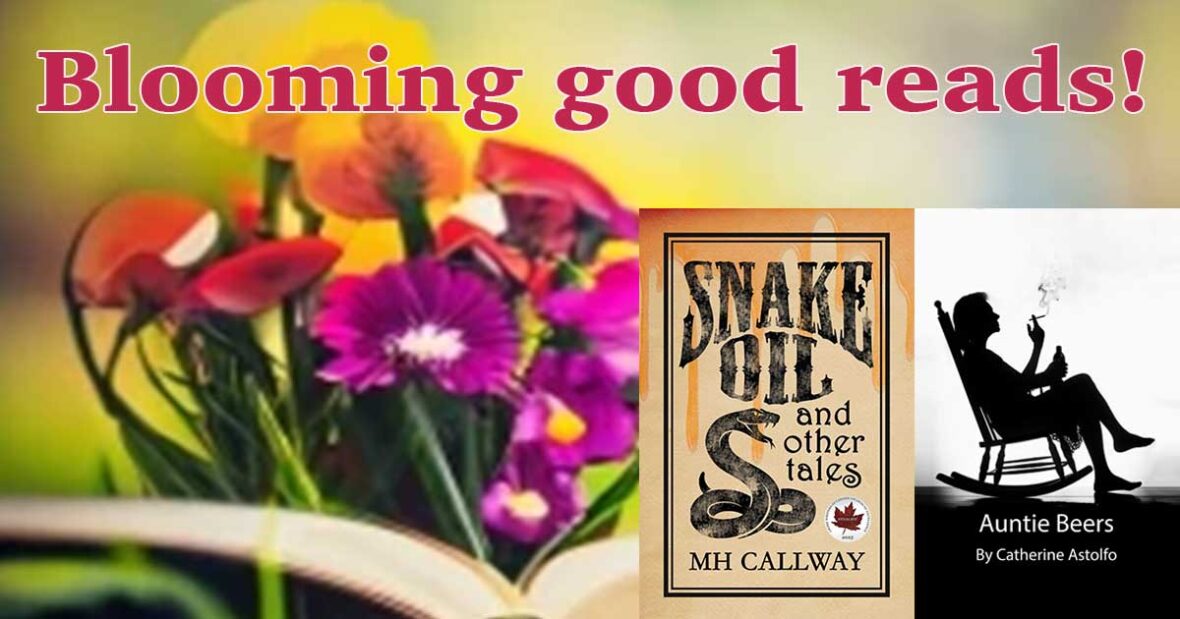At Carrick Publishing, we’re pleased to have forged friendships with a diverse community of creative people, writers in particular, who share our enthusiasm for excellence. Not all of our writer-friends are Indie, but a good number are independently or self-published. Their drive to share their stories outweighs any obstacles they might encounter on the way.
This week, we’d like to welcome crime-writer Catherine Astolfo, author of the Emily Taylor mystery series. Her new book, The Bridgeman, is now available at fine retailers.
 On Being Indie — by Catherine Astolfo
On Being Indie — by Catherine Astolfo
Being independent, according to the dictionary, means self-governing, free from the control of another, and self-reliant. Being Indie, in the publishing world, has more often been synonymous with being vain and inferior. I’ve had many a heated discussion with published authors re the self-published phenomenon, arguing that “being under the control” of someone else does not necessarily equate with quality.
I was interested in the opinions expressed by John Locke (the guy who sold a million ebooks) in his book, creatively titled, How I Sold A Million Ebooks. He compared self-publishing to the computer world and asked, if we think it’s vain and inferior to put money into our own creation, then why don’t we criticize people like Bill Gates who funded their own inventions initially? I thought it was an excellent point of view.
I went “Indie” because I began my publishing career after thirty-five years of doing something else (so I could eat, live, etc.). In the interim, several of my short stories and poetry were published in small literary magazines around Ontario. After retiring I’d sent my novels off to several large publishers and actually came close to being chosen. Close, but not close enough. It was my daughter, who works in the film industry, who suggested going Indie.
I resisted at first, but I’d already built a small fan base, so I figured why not? And here’s where the rewards came in.
Being Indie meant I could design the book the way I wanted. A friend painted the cover. Another friend designed the map inside. (I love maps in books.) Luckily I have a great number of friends in education, so they were fabulous editors and proofreaders.
When I opened that very first box of The Bridgeman, the first Emily Taylor Mystery, I actually cried.
Being Indie meant I could have parties to flog the book and pocket the entire profit. (Not that there was much, to be honest.) But oh, it was fun. Signing my books, getting feedback, reading aloud the words I’d created – it was a thrill that can only be compared to watching your child succeed. A lot of work, but worth it.
When The Bridgeman won a Brampton Arts Award, I was excited, humbled, and ecstatic. My picture appeared in the newspaper; I went on the local Rogers television station. I wrote and published the second Emily Taylor book, Victim. This book received rave reviews from a respected book reviewer, Don Graves of the Hamilton Spectator. I was Indie, but I was successful. I went on to complete the series with a total of four books, all of which sold well. Later I became the President of Crime Writers of Canada. Another great experience.
But there was a caveat to all this Indie fun. I continued to feel second-class. Whenever anyone would ask, who is your publisher? I felt obliged to explain. Moe Publications, though a registered publishing company, has only myself as a client. Many people still believe that the adage a “lawyer who defends himself has a fool for a client” applies to publishing, too.
Was this a lack of confidence in my product? Not at all! I’d received enough accolades to know that my books are well written and well loved by lots of people. The inferior feeling came from a steady judgment by some published writers that condemned the entire Indie movement as a watering-down of the quality of literature.
I beg to differ. James Joyce, Mark Twain, Beatrix Potter, John Grisham, Deepak Chopra, Gertrude Stein, Edgar Allan Poe, and e.e. Cummings all self-published. Many famous books were turned down by various publishers hundreds of times. In this economic climate, there are fewer publishing companies and even fewer who can take a chance on a new author or an unorthodox (creative!) novel. It makes sense to self-publish. To go Indie. Some authors have even gone from traditional to Indie because their publishers either aren’t publishing fast enough or because they aren’t getting enough of a return on their work.
It’s time we gave respect when it’s due. Try reading an Indie book and see what you think. Just this year, I was lucky enough to find a publisher who took a chance on my books and has converted them to eBooks. Imajin Books’ publisher and acquisitions editor, Cheryl Tardif, has taught me so much about marketing and has transformed a good product into a great one. I’m no longer Indie, though luckily for me my publisher still encourages her authors to be self-reliant and self-governing. But I’m proud to have been independent and won’t be a bit daunted if I go that route again some day. I’ve read an enormous number of beautifully written stories published by the authors. As they say, don’t judge the book by its cover (where it states: self-published).
PS I’m running a contest, so if you buy one of my eBooks, let me know!
The Bridgeman is available at:
Amazon.com
At Smashwords
At Imajin Books www.imajinbooks.com
cathy@catherineastolfo.com
Catherine Astolfo, Author of the Emily Taylor Mysteries
www.catherineastolfo.com



 Follow
Follow